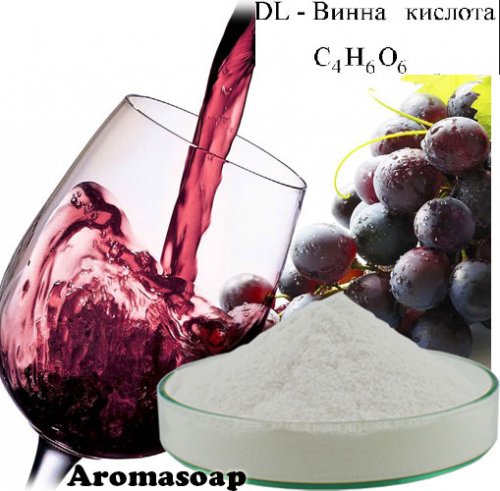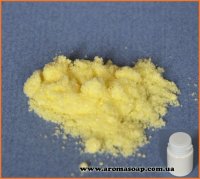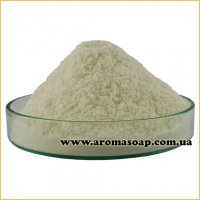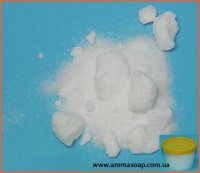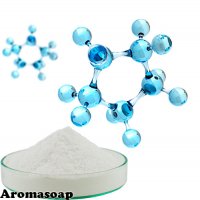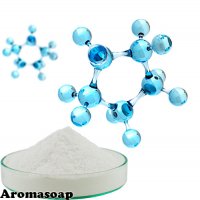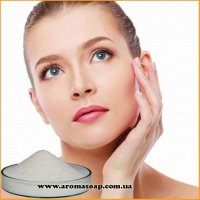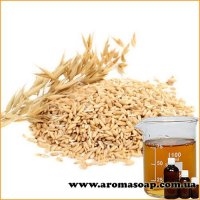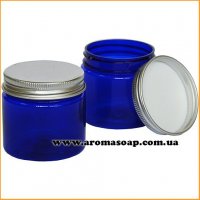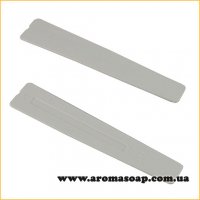Tartaric acid (D,L)
Wine acid
Tartaric acid, found in many fruits, belongs to the class of AHA acids. In industry it is obtained as a by-product of wine production.
Tartaric acid (dioxysuccinic/tartaric/2,3-dihydroxybutanedioic acid, E334) is a dibasic hydroxycarboxylic acid in the form of colorless hygroscopic crystals or a white powdery mass. It is highly soluble in water (17.9 g/100 ml) and ethanol, insoluble in benzene, diethyl ether and aliphatic hydrocarbon compounds. Main substance – 99.68%, melting point – 205 °C. Formula – C4H6O6.
Action:
- Stimulation and cell renewal;
-Increasing skin elasticity;
-Reducing the depth of wrinkles;
- Concealment of skin defects;
-Skin color evening out;
-Skin moisturizing;
-Skin cleansing (destruction of excess sebum and dead cells) in combination with salicylic acid;
Application: serums, creams, lotions for face and body, acne treatments, moisturizers, peels, cleansing gels, shampoos and hair treatments
pH level: 4-5.
Recommended concentration: 0.1-2% for daily use, up to 5%-10% (15%) for course use.
Conditions of use: soluble in water, glycerin. Add at the end of cooking at a temperature of about 40°C
Storage conditions: Store in a cool place, avoid direct sunlight. Do not use pure on the skin.
Compatibility: It is not recommended to add fruit acids to aloe vera gel - this mixture can cause redness and irritation.
Contraindications:
- individual intolerance;
-increased skin sensitivity;
- fresh skin injuries;
- herpetic rashes;
-telangiectasia;
-long exposure to the sun.
If AHAs are used for the first time, before use it is necessary to do a sensitivity test to products containing AHAs on the skin of the elbow. If your skin is sensitive, add the soothing active additive bisabolol to the product.
If the first signs of adverse reactions appear, immediately stop using the ANA drug. Such signs include; burning, redness, itching, tingling, pain, bleeding, increased sensitivity to sunlight.

